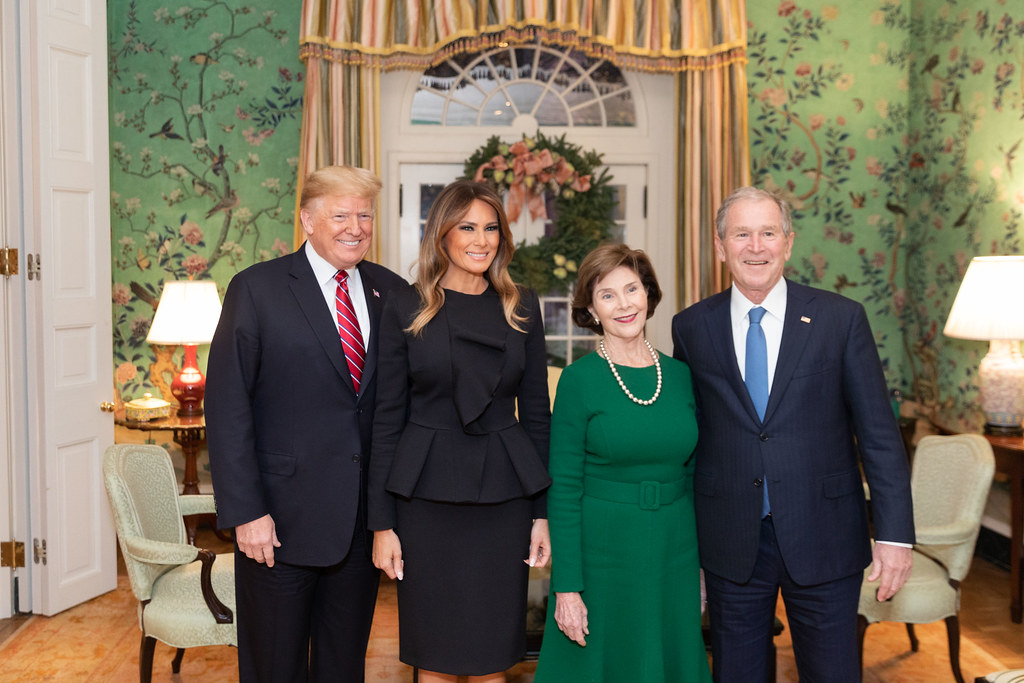
President Donald J. Trump has ushered in a profound recalibration of global trade policy, formally announcing higher tariffs on imports from more than 60 U.S. trading partners. This decisive move, unveiled just hours before the administration’s self-imposed deadline, underscores a significant break from decades of conventional international commerce. Mr. Trump, expressing robust confidence in his strategy, has characterized his trade agenda as progressing “very well, very smooth,” citing both the substantial revenue generated and the absence of any pronounced spike in inflation as indicators of its success.
At the core of this ambitious reorientation is a long-standing belief by President Trump that existing international trade frameworks inherently disadvantage the United States and detrimentally impact American workers. His administration’s embrace of tariffs serves multiple strategic objectives: to curtail trade deficits with other nations, to stimulate domestic manufacturing, to bolster federal revenue, and to enhance the U.S.’s leverage in foreign policy negotiations.
The executive order signed by President Trump details specific tariff rates for imports, with duties reaching as high as 41 percent for goods from Syria and 40 percent for those originating in Laos and Myanmar. While these represent the upper echelons of the new rates, virtually no country’s imports will face tariffs below 10 percent. The implementation of these new duties, set primarily for August 7, includes a seven-day delay from the initially anticipated August 1 start, a measure a White House official explained was necessary to allow Customs and Border Protection adequate time to integrate the updated tariff rates.
Goods from countries not explicitly identified on the Thursday list will incur a 10 percent tariff, mirroring the baseline rate established by Mr. Trump in April. The new structure categorizes U.S. trading partners into three distinct tiers: countries with which the U.S. maintains a trade surplus will face a 10 percent tariff rate; nations with a modest trade deficit will generally be subject to 15 percent tariffs; and those with larger deficits will confront higher levies, determined by factors such as the “Liberation Day” rate, specific trade deal terms, or rates personally communicated by President Trump in letters to leaders. Greg Daco, chief economist at EY-Parthenon, succinctly articulated the immediate consequence, noting that “for most economies and most of our trading partners, the cost of doing trade tomorrow will be higher than it is today.”
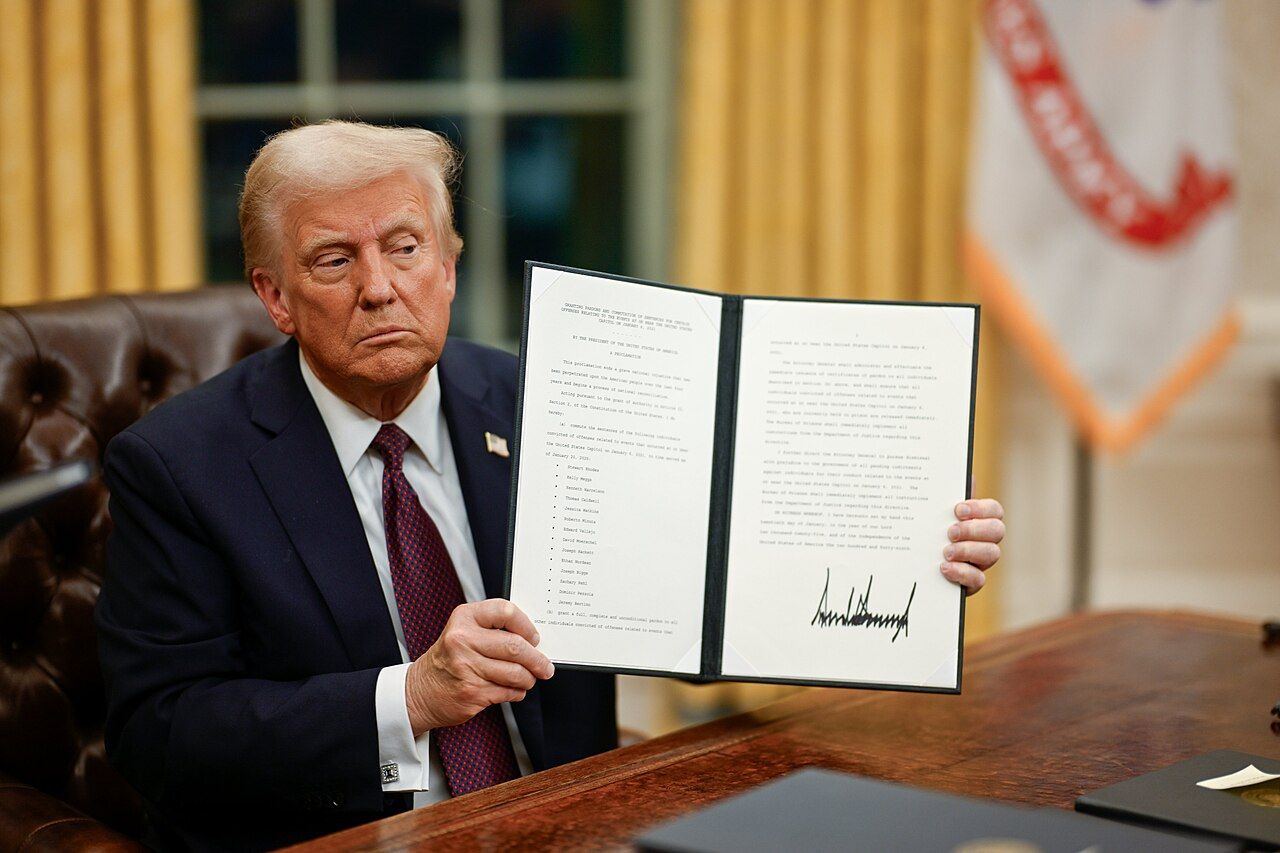
Despite the finality suggested by the August 1 deadline, President Trump has indicated a continued willingness to negotiate even after the new import duties take effect. In an interview with NBC News, he acknowledged that it was “too late” for countries that had not yet secured a trade agreement to avoid the impending tariffs, yet he simultaneously affirmed his administration’s openness to further discussions once the higher rates are in place. This stance highlights a strategic blend of immediate pressure and a pathway for future accords.
In recent weeks, several key trading partners have successfully navigated the administration’s demands, reaching bilateral agreements whose terms are now reflected in the revised tariff schedule. The United Kingdom was an early adopter, striking a framework deal in May that established a 10 percent baseline tariff on U.K. goods, along with quotas and exemptions for critical sectors such as automotive and aerospace products. However, some aspects, including tariffs on U.K. steel and aluminum, remain subjects of ongoing dialogue.
Vietnam, the second nation to conclude an agreement on July 2, saw a significant reduction in its tariff rate, from 46 percent to 20 percent. This deal notably introduced a 40 percent “transshipping” tariff on goods routed through Vietnam from other countries before shipment to the U.S., a measure targeting attempts to circumvent direct duties. Reports from Politico, however, suggested Vietnamese negotiators were “blindsided” by the 20 percent rate, having anticipated a lower 11 percent levy.
Indonesia’s agreement, announced on July 15, resulted in a tariff rate cut from 32 percent to 19 percent. As part of this accord, the White House stated that Indonesia would dismantle tariff barriers on over 99 percent of U.S. products, encompassing agricultural goods and energy, and pledged to address various “non-tariff barriers” hindering U.S. market access.
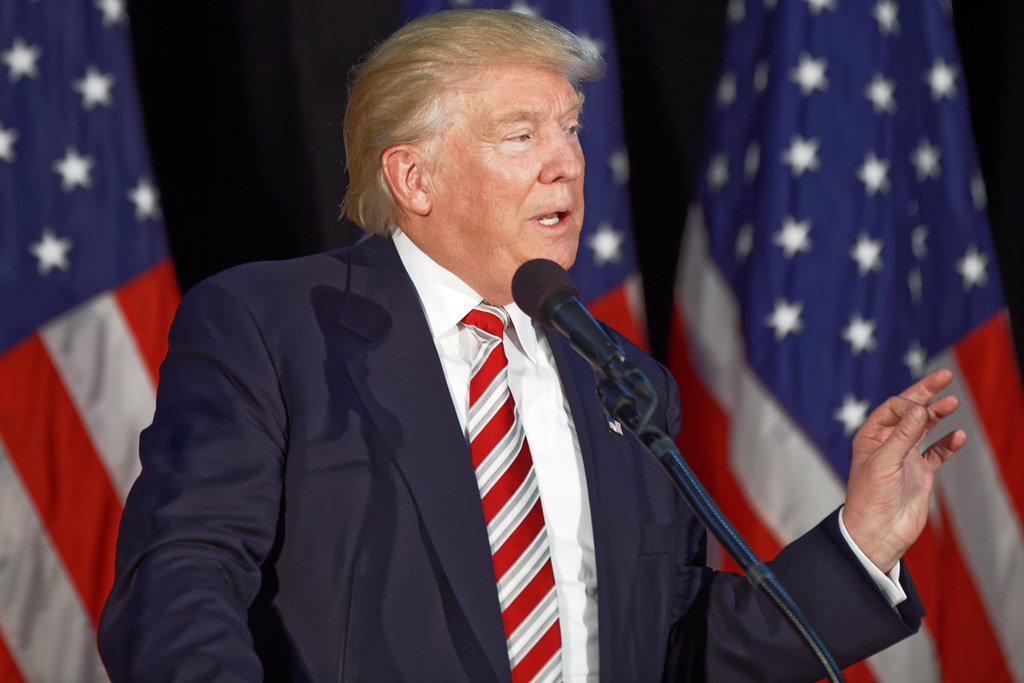
The Philippines, a treaty ally, saw a marginal decrease in its tariff duties, from 20 percent to 19 percent, on July 22. President Trump lauded Manila for “going OPEN MARKET with the United States,” noting that the Philippines would not impose tariffs on U.S. goods. He also briefly mentioned military cooperation, without providing additional specifics.
Japan, a major Asian economy, finalized an agreement on July 23, reducing its tariff rate from 25 percent to 15 percent, with a crucially lower preferential tariff specifically for its robust automobile sector. President Trump hailed this as “perhaps the largest Deal ever made,” asserting that Japan would invest $550 billion in the United States and that the U.S. would “receive 90% of the Profits.” The path to this agreement was complex, marked by Mr. Trump’s prior descriptions of Japan as “very tough” in trade discussions.
The European Union’s agreement with the U.S., reached after extensive negotiations, sets a 15 percent baseline tariff rate for EU goods, a substantial reduction from the 30 percent Mr. Trump had previously threatened. Existing duties on autos will also decrease to 15 percent, while levies on certain products like aircraft and specific drug generics will revert to pre-January levels. Despite its conclusion, the deal faced criticism from some European leaders, with French Prime Minister Francois Bayrou calling it an act of “submission,” though EU Trade Commissioner Maros Sefcovic defended it as “the best deal we could get under very difficult circumstances.”
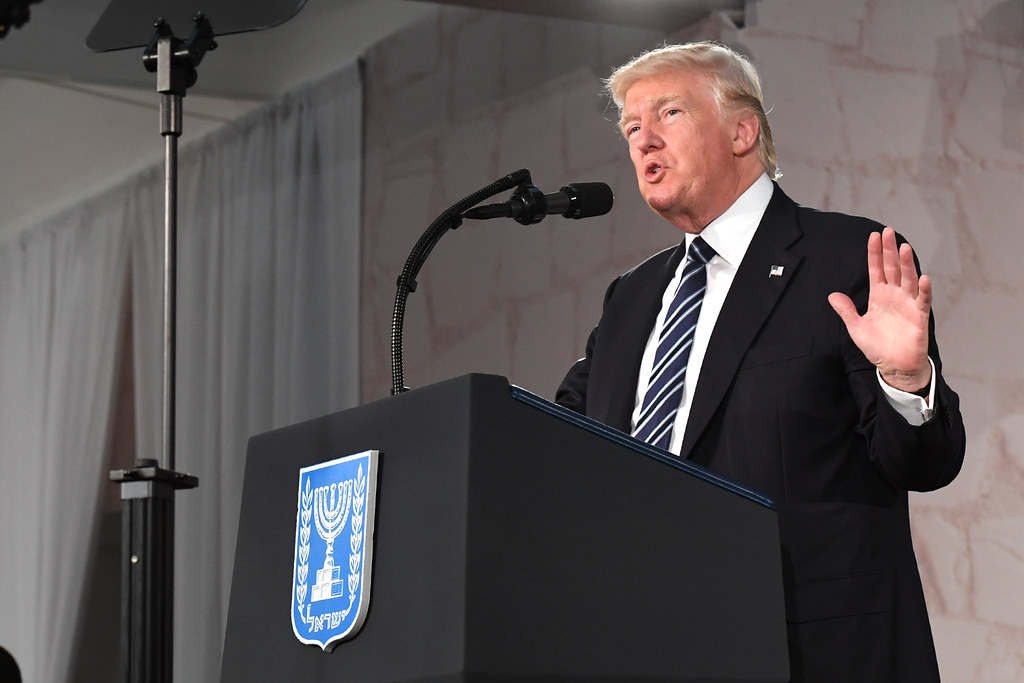
South Korea became the latest country to secure an agreement this Thursday, with terms closely aligning with those extended to Japan. The nation will face a blanket 15 percent tariff on its exports, with duties on its automobile sector also set at 15 percent. President Trump announced that South Korea “will give to the United States $350 Billion Dollars for Investments owned and controlled by the United States, and selected by myself, as President,” a claim reinforced by U.S. Commerce Secretary Howard Lutnick who stated “90% of the profits” from this investment would go “to the American people.” South Korean President Lee Jae Myung, however, framed the fund as a facilitator for the “active entry” of Korean companies into the U.S. market, particularly in shipbuilding and semiconductors. Alan Wolff, a senior fellow at the Peterson Institute for International Economics, observed that securing agreements with these major economies, including “the EU, Korea, Japan, Philippines, Indonesia, and the United Kingdom covers an awful lot of world trade and U.S. trade.”
While some partners have reached agreements, others confront substantially higher tariff barriers. Canada, a significant U.S. trading partner, will see duties on its goods surge from 25 percent to 35 percent starting August 1. This increase, the White House stated, is due to Canada’s alleged failure to adequately “arrest, seize, detain or otherwise intercept … traffickers, criminals at large, and illicit drugs.” Canadian Prime Minister Mark Carney expressed “disappointment” and countered that “Canada accounts for only 1% of U.S. fentanyl imports and has been working intensively to further reduce these volumes.” He pledged government action to protect Canadian jobs and diversify export markets for heavily impacted sectors.
Mexico, another critical neighbor, received a 90-day extension, postponing higher tariffs on non-exempt goods. President Trump has frequently cited concerns over drugs and illegal migration as reasons for his tariff threats against Mexico, asserting that the country has not done enough to secure its border. The current 25 percent tariff rate will continue, with expectations for a new deal within the extension period.
China, the world’s second-largest economy, has been a central focus of the Trump administration’s trade strategy from the outset, operating on a different trajectory than other nations. Instead of a single comprehensive deal, bilateral relations have been marked by a series of tariff suspensions and retaliatory measures. Initial tariffs of 34 percent from “Liberation Day” had escalated to 145 percent for Chinese imports to the U.S. and 125 percent for U.S. imports to China. Following a meeting in Geneva in May, both sides agreed to reduce tariffs, establishing a truce set to expire on August 12. Currently, China faces a 30 percent combined tariff rate, while U.S. exports to China are subject to 10 percent duties. Despite recent discussions in Stockholm, a truce extension remains contingent on President Trump’s direct approval, with China Foreign Ministry spokesperson Guo Jiakun reiterating that “Tariffs and trade wars have no winners. Protectionism is in no one’s interests.”
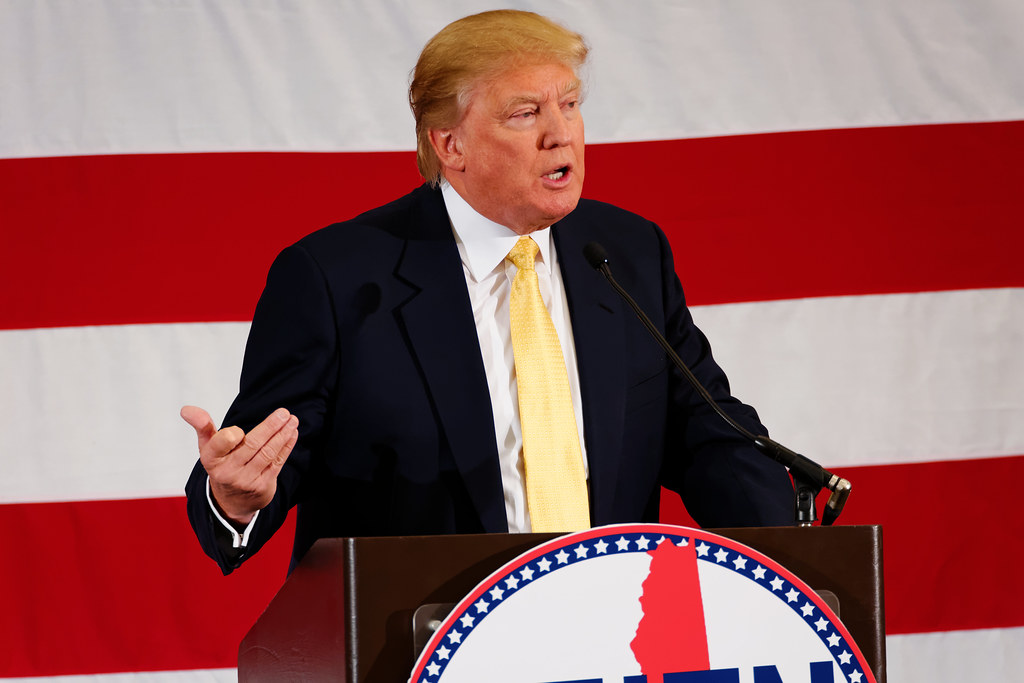
India, a key trading partner without a finalized trade agreement, was hit with a 25 percent tariff announced by President Trump on Wednesday, accompanied by an unspecified “penalty.” Mr. Trump conveyed on Truth Social that “While India is our friend, we have, over the years, done relatively little business with them because their Tariffs are far too high, among the highest in the World.” This 25 percent rate, while marginally lower than the 26 percent imposed on “Liberation Day,” rests at the higher end of the range the President had publicly contemplated.
President Trump’s administration champions these tariffs as a significant source of revenue for the U.S. Treasury, with figures showing $27 billion collected in June, more than triple the amount from the same period last year. The White House consistently asserts that these costs are primarily absorbed by foreign countries, thereby stimulating investment in U.S. manufacturing. However, many trade experts offer a differing perspective, contending that tariffs are typically borne by importers, who then pass these expenses on to domestic consumers through elevated prices. This fundamental disagreement over the ultimate financial burden of tariffs persists.
Global financial markets reacted with immediate apprehension to the White House’s tariff announcement. Overnight trading saw stock futures for the S&P 500 and Dow Jones Industrial Complex each decline by 0.9 percent, while Nasdaq Composite futures registered a roughly 1 percent drop. Asian shares, too, prepared for their worst week since April, reflecting the broader economic uncertainty triggered by the new trade measures. Daniel Altman, an economist, observed the administration “struggled to deliver on that ambitious agenda,” citing the logistical impossibility of concluding numerous complex deals by the initial August 1 deadline. He noted that many “framework agreements” resulted in tariff rates similar to the broadly applied 15 percent base rate.
Despite an appearance of policy fluidity, President Trump has undeniably succeeded in altering the terms of trade with several vital economic partners, often securing the elimination or substantial reduction of tariffs on American exports. This reflects a clear shift in global trade dynamics. However, concerns about the potential for these elevated tariffs to contribute to domestic inflation remain pertinent. While previous rounds of tariffs have seen inflation remain relatively contained, the higher rates now taking effect could alter this trend, with companies like Procter and Gamble and Walmart already reporting tariff-related price increases that impact consumer costs.
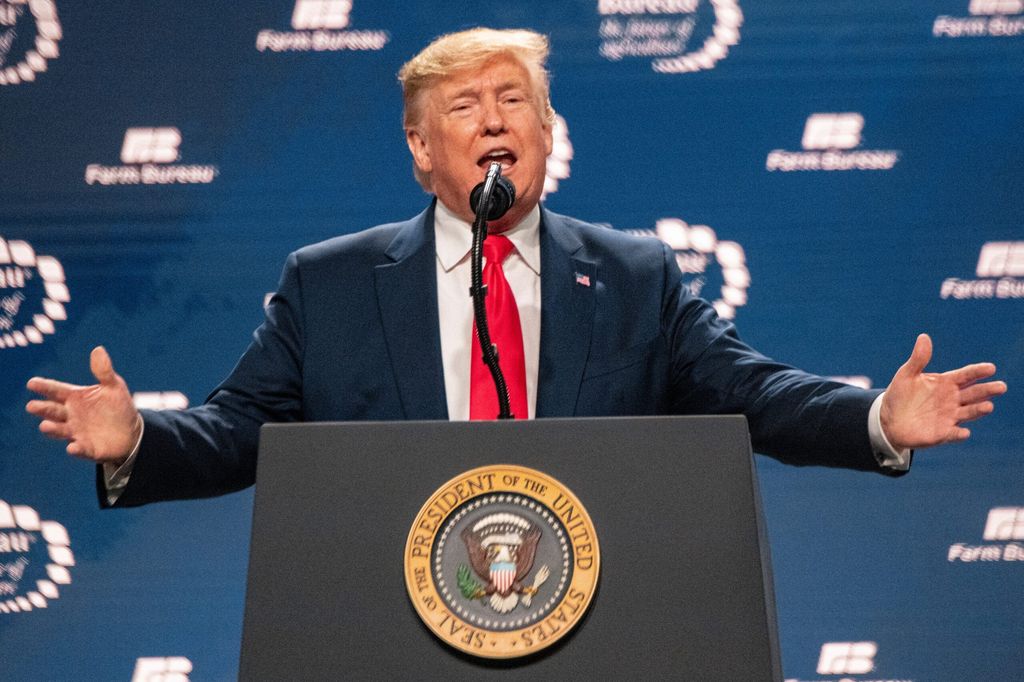
The legality of President Trump’s application of tariffs under the International Emergency Economic Powers Act (IEEPA) continues to be a subject of vigorous debate and legal challenge. In May, the Court of International Trade ruled that Mr. Trump had exceeded his authority by using IEEPA for tariff imposition. Subsequent oral arguments at a federal appeals court saw judges express skepticism regarding the unprecedented use of IEEPA for tariffs, especially as the law does not explicitly mention them.
Judge Raymond Chen notably questioned, “Can the trade deficit be an extraordinary and unusual threat when we have had trade deficits for decades?” This judicial scrutiny highlights the profound legal and historical complexities of the administration’s tariff strategy. The appeals court’s verdict could take weeks or months, and the matter may ultimately reach the Supreme Court.
Regardless of legal outcomes, President Trump retains considerable authority to enact and maintain tariffs, suggesting that his trade policy will continue to evolve. While the new tariff rates largely take effect on August 7, the President has previously extended deadlines, implying that, as the context indicates, “everything, including the tariff rates that just went in place, is subject to change at the publishing of a Truth Social post.” The global trade landscape remains in a state of continuous evolution, shaped by the administration’s assertive and often unpredictable approach.
As President Trump’s comprehensive new tariff regime unfolds, the global trading system finds itself at a significant crossroads, fundamentally reshaped by an administration determined to rewrite the rules of international commerce in favor of the United States. The President’s unwavering confidence in his strategy, coupled with his stated openness to continued negotiations, presents a multifaceted reality of sustained pressure and potential diplomatic pathways. This bold reorientation of American trade policy ushers in an era of economic recalibration, where established alliances and long-standing agreements are being subjected to rigorous re-examination.

The reverberations of these tariffs, both within the U.S. economy and across international markets, will inevitably unfold over time, influencing everything from the cost of everyday goods to the intricate tapestry of geopolitical relationships. What remains unequivocally clear is the current administration’s steadfast commitment to its vision of trade, challenging conventional norms and forging a path that, for the foreseeable future, relies heavily on the strategic deployment of import duties as a potent instrument for achieving its ambitious economic and foreign policy objectives. The coming months will undoubtedly serve as a crucial period for observing the full scope and long-term implications of this assertive and transformative approach to global trade.


